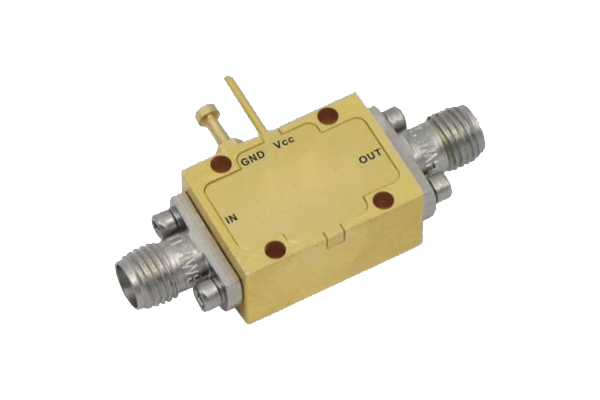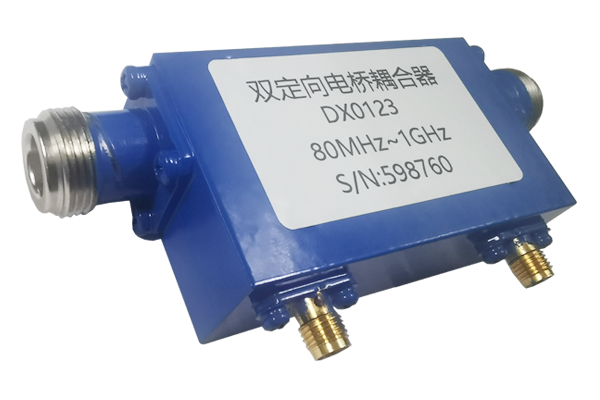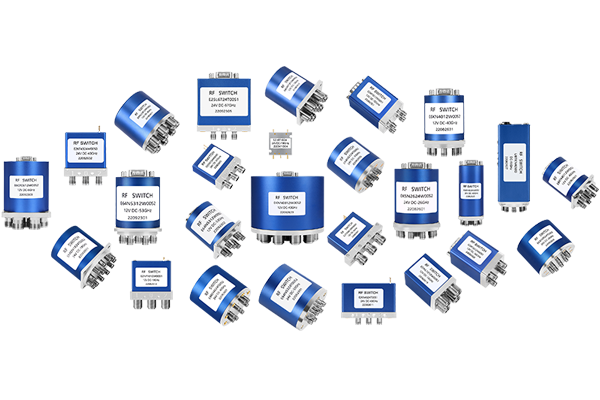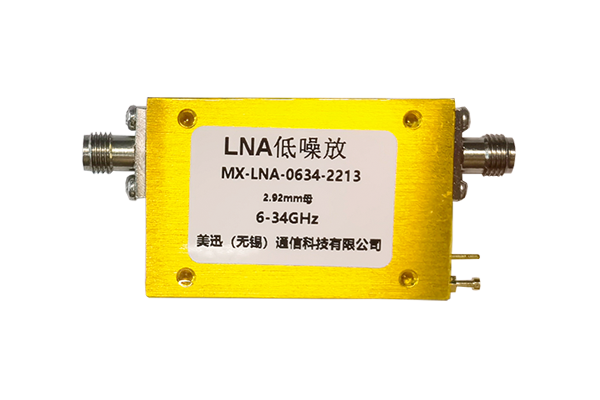
Pin diodes are widely recognized as vital components in RF systems because of their intrinsic functional attributes Their fast toggling behavior plus small capacitance and reduced insertion loss renders them apt for use in switch modulator and attenuator circuits. The underlying principle of PIN diode switching involves controlling charge flow through the junction by biasing the device. A change in bias voltage transforms the depletion-region width of the p–n junction, affecting conductance. Tuning the bias current allows PIN diodes to switch effectively at RF frequencies with reduced distortion
PIN diodes are often used in elaborate circuit arrangements where strict timing and control are essential They can function inside RF filters to permit or attenuate targeted frequency bands. Also their capacity to manage high power signals makes them applicable to amplifiers power dividers and signal generators. The push for compact efficient PIN diodes has led to broader use in wireless communications and radar systems
Coaxial Switch Design Principles and Analysis
Coaxial switch engineering is a complex undertaking requiring careful attention to multiple interacting factors A switch’s performance is determined by its type frequency range and how well insertion loss is controlled. Optimal coaxial switches balance reduced insertion loss with enhanced isolation between connections
Assessment of switch performance typically measures metrics including return loss insertion loss and isolation. Measurements rely on simulation, theoretical models and experimental test setups. Reliable operation of coaxial switches demands thorough and accurate performance analysis
- Analytical methods simulation packages and experimental testing are standard approaches to coaxial switch analysis
- Switch performance may be significantly affected by thermal conditions impedance mismatches and production tolerances
- Novel developments and recent trends in coaxial switch design pursue performance gains alongside miniaturization and power savings
Optimizing LNA Designs for Performance
Enhancing the performance efficiency and gain of a Low Noise Amplifier is vital for preserving signal integrity in many systems Successful optimization depends on proper transistor selection correct biasing and appropriate circuit topology. A resilient LNA architecture aims to lower noise generation and raise gain while keeping distortion low. Modeling and simulation tools enable assessment of how transistor choices and biasing alter noise performance. The goal is to minimize Noise Figure, reflecting the amplifier’s proficiency in maintaining signal relative to added noise
- Selecting devices that exhibit low intrinsic noise is a primary consideration
- Optimal proper and suitable bias conditions are necessary to limit noise generation in transistors
- Topology decisions critically determine how noise propagates in the circuit
Implementing matching networks noise reduction strategies and feedback control enhances LNA outcomes
RF Routing Strategies with PIN Diode Switches

PIN diode based routing offers versatile efficient control of RF signal paths These devices switch rapidly enabling active dynamic routing of RF paths. PIN diodes’ low insertion loss and good isolation preserve signal quality through switching events. They are applied in antenna selection circuits duplexers and phased array antenna systems
Voltage control varies the device resistance and thus controls whether the path is conductive. In the open or deactivated condition the device offers large resistance that prevents signal passage. When a positive control voltage is applied the diode resistance decreases reduces or falls allowing RF signals to pass
- Moreover PIN diode switches combine quick transitions low consumption and compact form factors
PIN diode switch networks can be configured in multiple architectures and designs to support complex routing tasks. Arranging multiple switches in networked matrices enables flexible routing and dynamic configuration
Evaluation of Coaxial Microwave Switch Performance

Rigorous evaluation and testing of coaxial microwave switches are key to confirming dependable operation in electronics. Many various diverse factors determine the switches’ performance including insertion reflection transmission loss isolation switching speed and bandwidth. Complete evaluation comprises quantifying these parameters across different operating environmental and test conditions
- Furthermore moreover additionally the evaluation should consider reliability robustness and durability plus the ability to tolerate harsh environmental stresses
- In the end the outcome of rigorous evaluation supplies essential valuable and critical information for switch selection design and optimization
Minimizing Noise in LNA Circuits A Comprehensive Review
Low noise amplifiers are fundamental in wireless RF systems as they amplify weak signals and reduce noise contributions. This review gives a broad examination analysis and overview of methods to lower noise in LNAs. We investigate explore and discuss critical noise mechanisms like thermal shot and flicker noise. We further analyze noise matching feedback topologies and bias optimization strategies to suppress noise. The review highlights recent progress in LNA design including new semiconductor materials and circuit concepts that lower noise figures. By elucidating noise reduction principles and applied practices the article aims to be a valuable resource for engineers and researchers building high performance RF systems
Applications of Pin Diodes in High Speed Switching Systems

PIN diodes possess remarkable unique and exceptional traits that fit them well for high speed switching systems Low capacitance combined with low resistance produces rapid switching for applications requiring precise timing. Additionally their linear response to applied voltage aids in accurate amplitude modulation and switching behavior. This flexible adaptable versatile behavior makes PIN diodes suitable applicable and appropriate for varied high speed roles Common applications encompass optical communications microwave circuits and signal processing hardware and devices
Coaxial Switch IC Integration and Circuit Switching
Integrated circuit coaxial switching technology brings enhanced capabilities for signal routing processing and handling within electronics systems circuits and devices. These specialized integrated circuits enable control management and routing of coaxial signals with high frequency performance and low latency insertion times. Integrated circuit miniaturization creates compact efficient reliable and robust designs favorable for dense interfacing integration and connectivity use cases
- With careful meticulous and rigorous execution of these strategies designers can obtain LNAs exhibiting excellent noise performance for sensitive reliable systems By carefully meticulously and rigorously applying these approaches designers can realize LNAs with outstanding noise performance enabling sensitive reliable electronic systems With careful meticulous and rigorous execution of these low-noise amplifier strategies designers can obtain LNAs exhibiting excellent noise performance for sensitive reliable systems By rigorously meticulously and carefully implementing these techniques practitioners can achieve LNAs with remarkable noise performance for sensitive reliable electronics
- Applications range across telecommunications data communications and wireless networking
- Aerospace defense and industrial automation benefit from integrated coaxial switch solutions
- Consumer electronics audio video equipment and test and measurement systems also use IC coaxial switch technology
mmWave LNA Engineering Considerations

mmWave LNA challenges include significant signal attenuation and greater sensitivity to noise sources. Parasitic capacitances and inductances become major factors at mmWave demanding careful layout and parts selection. Minimizing mismatch while maximizing gain is critical essential and important for mmWave LNA operation. Device selection including HEMTs GaAs MESFETs and InP HBTs plays a decisive role in attaining low noise figures at mmWave. Moreover the implementation and tuning of matching networks is critical to achieving efficient power transfer and correct impedance matching. Accounting for package parasitics is important since they can significantly affect LNA performance at mmWave. Adopting low loss transmission media and careful ground plane strategies is essential necessary and important to cut reflections and retain bandwidth
Characterize and Model PIN Diodes for RF Switching Applications
PIN diodes perform as significant components elements and parts across various RF switching applications. Comprehensive accurate and precise characterization of these devices is essential to enable design development and optimization of reliable high performance circuits. This includes analyzing evaluating and examining their electrical voltage and current characteristics like resistance impedance and conductance. Also measured are frequency response bandwidth tuning abilities and switching speed latency or response time
Furthermore moreover additionally accurate model and simulation development for PIN diodes is vital essential and crucial for behavior prediction in RF systems. Different modeling methods like lumped element distributed element and SPICE models exist. Choosing the right model simulation or representation depends on specific detailed particular application requirements and desired required expected accuracy
Sophisticated Advanced Methods for Minimal Noise Amplifiers
Developing LNAs involves diligent consideration of circuit topology and components to obtain optimal noise performance. Recent semiconductor breakthroughs and emerging technologies enable innovative groundbreaking sophisticated noise reduction design techniques.
Examples of techniques are implementing employing and utilizing wideband matching networks choosing low noise transistors with strong intrinsic gain and optimizing biasing schemes strategies and approaches. Moreover advanced packaging techniques and effective thermal management significantly contribute to reducing external noise sources. By meticulously carefully and rigorously applying these methods developers can produce LNAs with superior noise performance enabling sensitive reliable electronics
